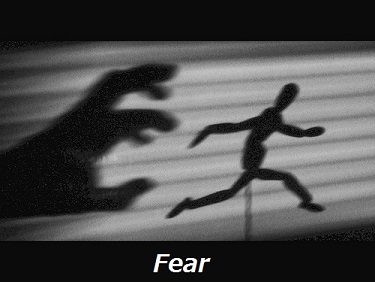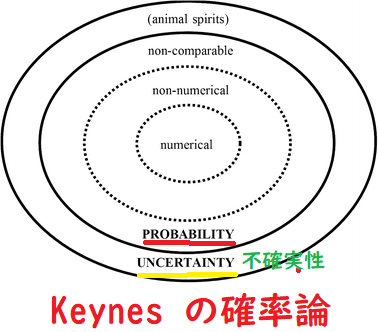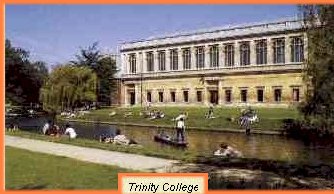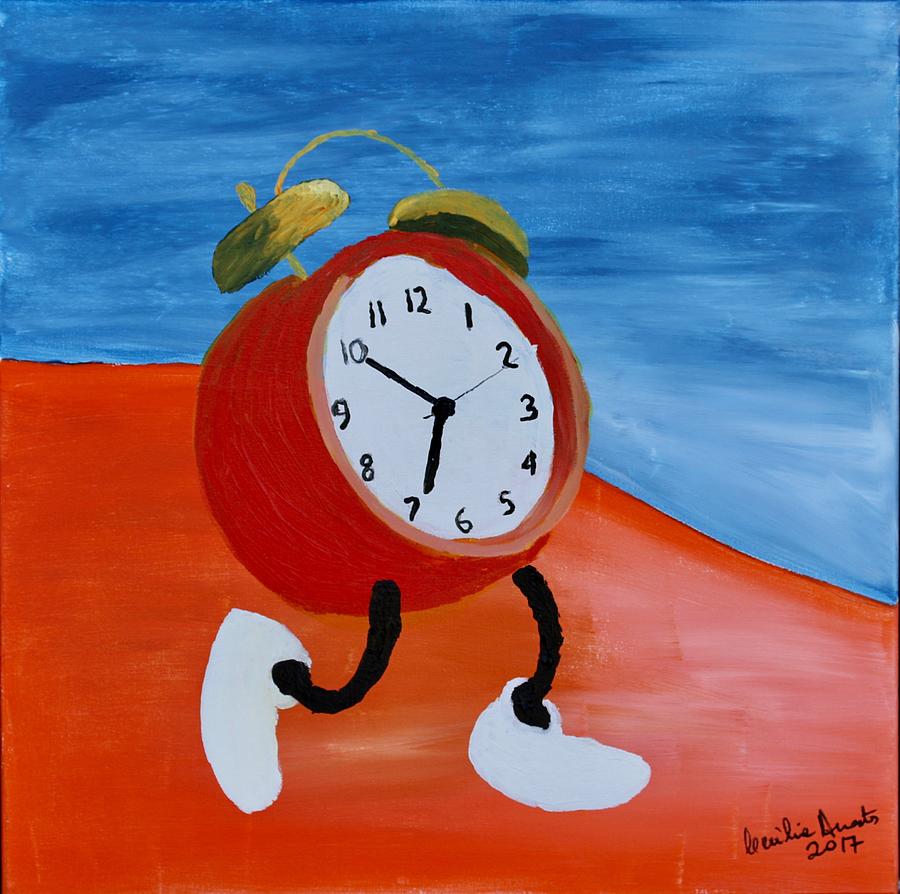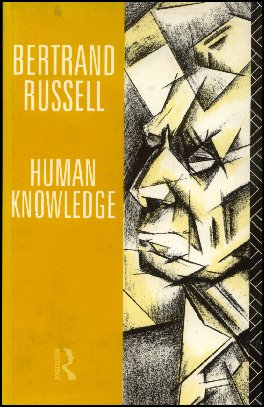
次に純粋に物理的な出来事(physical occurrences)に移ろう。たとえば、我々が音波の存在を信ずる理由をとってみよう。 どこかの地点(場所)で強い爆発音が起ったとすると、様々な人々がそれを聞く(それぞれの)時刻は、それらの人々とその地点との間の距離によって様々である。このように、様々な人々が皆、様々な時刻に、大きな音を(聞くという)経験をすることは、中間の空間において何ごとかが起っているのでなければ信じ難いことである、と我々は考える。(各人の)耳がある場所での多くの事象の系は、他の場所(elswhere)で(それらの事象と)関連した事象(event)が全くないことと相まって、あまりにも切り離されていて(stacato)、そういう事象の系があるとはとても信ぜられない、という印象を与える(strike us)。(訳注:みすず書房版の訳本で、野田氏は「occurence」も「event」もともに「出来事」という訳語をあてています。他の場所でもそうですが、野田氏はラッセルがわざわざ異なる語を使っている意味を理解していないような気がします。ある場所である時刻にある「出来事」が起こり、その「一つの」出来事が様々な場所にいる人々に異なる「事象」を起こすということであり、厳密に考えたほうがよいと思われます。)さらに一層簡単な例は、物的対象の持続性(持続的存在)である。 エヴェレスト山が、誰も見ていないときには存在するのをやめるとか、我々の部屋が、我々が立ち去るとポンと音がして消えるとか(訳注:漫画によくあるシーンです)、そういったことは信ずることはできない。そういった馬鹿げたことを信じなければならない理由はない。そして そういう馬鹿げたことを拒否する原理は、いまはもう忘れていることがやはり現実に起ったことであると我々に信じさせる原理と、本質において同一である。
Chapter 16: Non-Demonstrative Inference , n.8 I come next to purely physical occurrences. Take, for example, our reason for believing in sound-waves. If a loud explosion occurs at some point, the time when different people hear it depends upon their distance from that point. We find it incredible that these different people, at different times, should all experience a loud noise, unless something had been happening in the intervening spaces. A system of events at places where there were ears, combined with a total absence of connected events elsewhere, strikes us as altogether too staccato to be credible. An even simpler example is the persistence of material objects. We cannot believe that Mount Everest ceases to exist when no one is seeing it, or that our room goes out with a pop when we leave it. There is no reason why we should believe such absurdities. The principles which lead us to reject them are essentially the same as those which lead us to believe that things have happened to us which we have now forgotten.
Source: My Philosophical Development, 1959, by Bertrand Russell
More info. https://russell-j.com/beginner/BR_MPD_16-080.HTM


